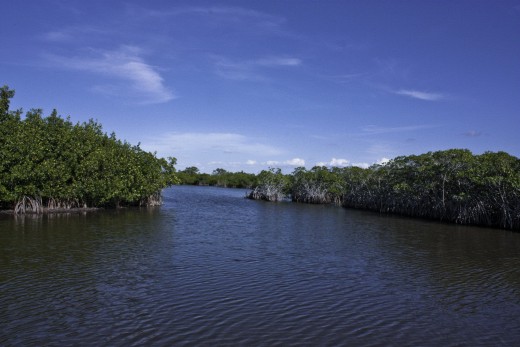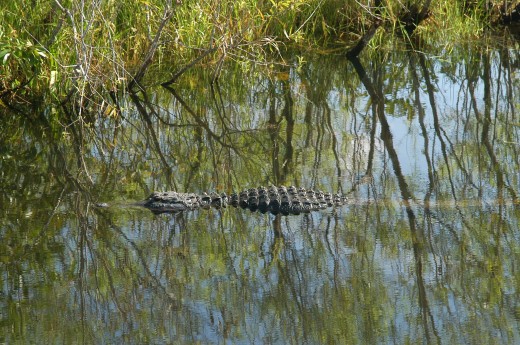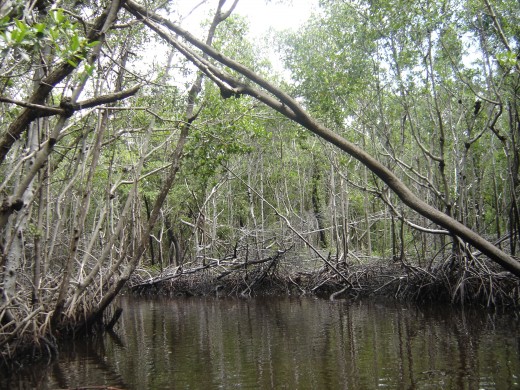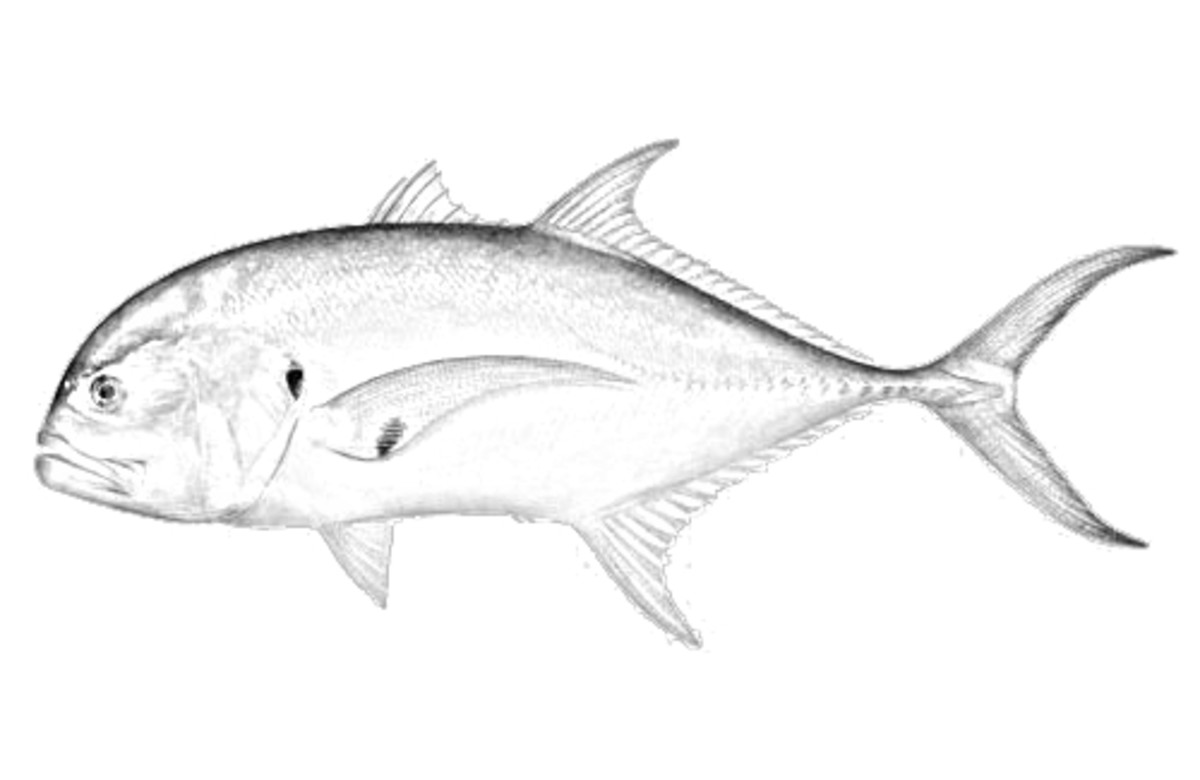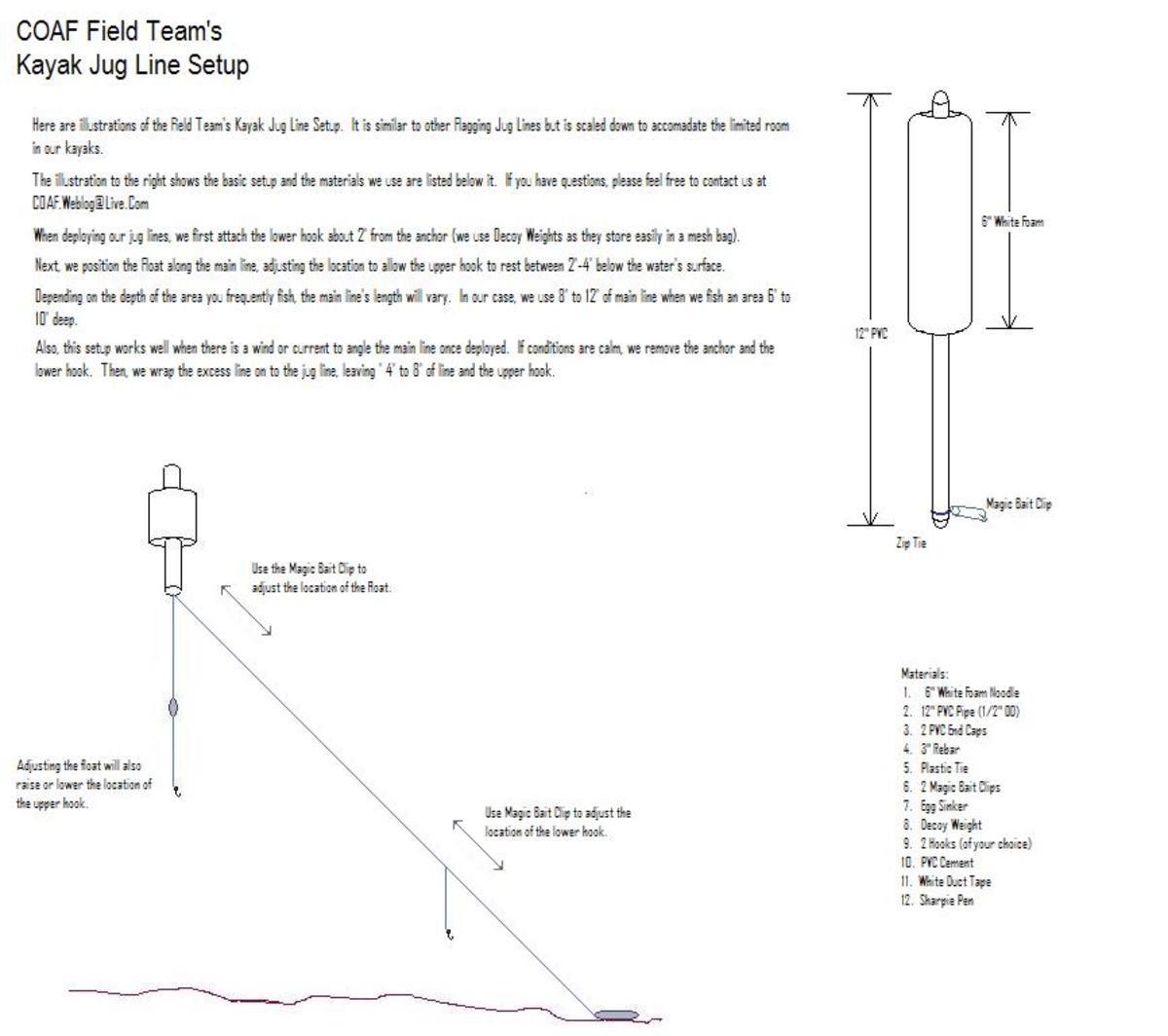Fishing the Florida Everglades, with Tarpon Fly Fishing Video
Everglades fishing charters
The Florida Everglades and the 10,000 Islands are among the most bountiful fishing grounds on Earth. In a single day, you can easily catch perhaps a dozen different fish species, especially with good Everglades fishing charters. One reason for this phenomenon is the rich diversity of the area. It’s made up of brackish canals, mud flats, grass flats, deep channels, oyster bars, sandy beaches rivers, creeks, bays, marshes, and literally thousands of mangrove islands. In deeper water, both inshore and just offshore, there are submerged wrecks that hold fish. You’ll also find artificial reefs offshore that some species love.
With more than a million acres of water and wetlands, you could easily spend years trying to fish it all. I’m quite sure there are voluminous books about just that. If, however, you don’t have the time to invest in exploring the entire area to find fish, below are some saltwater fishing tips - along with bass fishing info - to get you started.
Tarpon: The Glades are home to tarpon of all sizes, including some real monsters. Medium-sized tarpon can be found pretty much year round, but the largest ones are caught during the summer months. Typically, the silver-sides begin moving in March. If you have a sharp eye, you’ll be able to see them sunning just beneath the water’s surface near the outside islands. When the water warms up, large numbers of the fish will be hanging just off the beaches. When the water gets really warm, by mid-June or so, the fish will head to the deeper, cooler rivers. The best live baits include ladyfish, mullet, and crabs. For artificials, try plugs about two feet beneath the surface. Another good place to find tarpon is a
Redfish: Reds are plentiful in the Everglades and can be found all over. Some of their favorite haunts are in and near the Houston River and Lostmans River, but the spot tails can be found at just about any of the multitudinous creek mouths. They also like the grass flats and oyster bars, where you can often see them “tailing.” For natural baits, try live shrimp or finger mullet – either on the bottom or just off the bottom under a float. Crabs and fresh cut bait fished on the bottom are also effective. Good artificial baits for reds include crankbaits and leadhead jigs, along with soft jerk baits like a Saltwater Assassin. When the water in the Glades is warm and clear, try fly fishing over oyster shallows for some great redfish action!
Snook: This is one of the most sought after fish species in the Everglades. You can find them in many locations, but try shallow coves, oyster bars, and grass flats. Many local fishermen claim the snook fishing is better in areas south of Rabbit Key and West Pass. Also, try the outside shores of Florida Bay. The mouths of creeks on the outgoing tide are almost always a good bet. Your angling location needs to be near moving water. During the spring through fall, fish the mangroves near the gulf. Use live baits like finger mullet or live pilchards, about 4-5 inches long. For artificial baits, try top water plugs and riptide jigs. During the winter, as the water gets cooler, the snook will head into the backcountry. For a real battle, try fly fishing for snook. 25-pounders are not unheard of in the Glades. It’s important to remember that snook are extremely spooky, and because of the position of their eyes, they see you better than a lot of other fish species. The trick is to “sneak up on them.” Fish from a kayak or use a pole to put your boat near a snook spot.
Spotted seatrout: Fish the grass flats for trout. A couple of the best venues are south of Everglades City and off Lostmans River. Good live baits are shrimp and small finger mullet. Try floating a live shrimp just off the bottom, under a popping cork. Trout will also hit dead shrimp and cut bait. For artificial baits, try riptide jigs in darker colors like smoke and rootbeer.
Snapper: Mangrove snapper can be caught around wrecks a mile offshore and near inshore wrecks. They also feed around the mangrove islands, near the mangroves themselves. Lots of the smaller snapper live in the submerged roots of the mangrove plants. For larger snapper in the Glades, look for a spot that has a natural current and structure. For bait, use a live shrimp. Many anglers prefer using no weight on the line. Small jigs can be very effective, also.
Sheepshead: For convict fish, angle the inshore wrecks and submerged structures. In the winter, fish the deepest parts of the rivers. A great place to find these bait-stealers is around pilings, like those in Fakahatchee Bay, where the sheep feed on barnacles attached to wood. Place a fiddler crab on your hook and bob it at different depths right next to the piling. Many “expert” sheepshead anglers use a cane pole.
Black drum: Black drum are very similar to sheepshead in appearance, habitat, and diet. For the really big ones, fish the deep passes in the cooler months. Try fishing sand fleas, dead shrimp, or cut bait on or near the bottom. Black drum under five pounds, often called “puppy drum,” are good on the table, but release those really big monster drum. I don’t think you’ll find them palatable.
Cobia: Fish about a mile offshore, especially around the wrecks. Cobia can also be found near the inshore wrecks and in the passes during the winter. They often hang around floating buoys and channel markers. For casting, use bucktails in bright green or yellow. For trolling and bottom fishing, try live pinfish, grunts, finger mullet, or crabs.
Sharks: Several species of sharks ply the waters of the Everglades. These include sand sharks, bonnetheads, Atlantic sharpnose, lemon sharks, nurse sharks, spinners, bull sharks, and blacktips. All these varieties – except for the nurse shark – will put up an admirable fight in fairly shallow water, especially the blacktip and the spinner. They’ll perform leaps and line-ripping runs once they’re hooked. The best place to find sharks is at the mouths of creeks and rivers and in shallow water adjacent to deep channels. Florida Bay usually holds a good number of sharks. For bait, use whole fish or chunks of fish. Sharks seem to be drawn to oily fish like mullet and mackerel, but make sure it’s fresh. Old bait will attract more undesirables like the catfish, along with the nurse shark, who’s slow and doesn’t put up much of a fight. Hauling one of them in is somewhat similar to reeling in a tree trunk. Fish your bait right on the bottom. To really attract sharks and to incite a feeding frenzy, try using chum. I’ve devoted an article to chumming, and you can read it by clicking the link below this article. I’ve also included a link about how to prepare and cook shark meat, which is delicious when done properly.
Pompano: Many claim the pompano is the most delicious fish in the world! Fish the creeks and grass flats for this tasty fish. In the Glades, it’s not uncommon to catch pompano weighing 5 pounds, and they can pretty much be caught the entire year. Pompano will hit live and dead shrimp, but I’ve found that they prefer mole crabs, also called sand fleas. To catch your own sand fleas, read my article about free bait by clicking the article link found below this article.
Tripletail: Fish grass flats and around submerged logs and other underwater structure. One of the best baits for this fish is live shrimp, but they’ll also hit live baitfish. The tripletail will often follow a bait without biting it, so when you get your bait to the boat, the fish might be right there underneath your vessel. Toss it out again and use a slight jerking motion to entice a strike.
Fresh water largemouth bass: In Dade and Broward Counties, find the water conservation areas just off Highway 27. Put in at Everglades Holiday Park, Mack’s Fish Camp, or Sawgrass Recreation Area and fish the nearby canals. Try the Alligator Alley canal and the Miami canal. The best bass fishing is when water levels are low because the larger bass will be forced out of the marshes and into the deeper water of the canals. Spring is probably the optimum bass fishing season. Some of the best baits for bass are buzzbaits, plastic frogs, large spoons, and large plastic worms.
NOTE: High levels of mercury have been found in some fish species of fish caught in the Everglades, especially in the northern sections of Florida Bay. Bass should be consumed no more than once a week, and children and pregnant women should not eat these bass at all. Also, trout, blues, and gafftop catfish from this area should not be consumed more than once a week by healthy adults, or more than once a month by children and pregnant women.
More fishing tips and articles:
- Fishing Tips for Beginners: Bluegill
Fishing tips for beginners, for bluegill fishing. Photos, fishing jigs, fishing techniques, and videos included. - Saltwater fishing in the South
- Attack of the Killer Manatee, with Videos
Several years ago, my husband, Johnny, and I spent our summer vacation at one of our favorite haunts Amelia Island, Florida. We visit the area fairly frequently. For one thing, its beautiful and has... - Fishing Tips: How to Catch Sharks, with Big Shark Video
Note: This article discusses shark fishing from a pier, the surf, the shore, or from a small boat. The tips provided are apropriate for bays, inlets, sounds, nearshore, and tidal creeks and rivers. Shark... - Saltwater Fishing: Free Bait
Lots of free finger mullet! If you've done much saltwater fishing, you know how expensive bait is. Even when the fish aren't biting much, you lose a lot of fresh and live bait to crabs and catfish. You also... - How to Prepare and Cook Shark Meat
This shark produced some nice fillets! If you've ever eaten shark that was similar in consistency to a tennis ball, chances are that it wasn't properly prepared before being cooked. When done right, shark...
